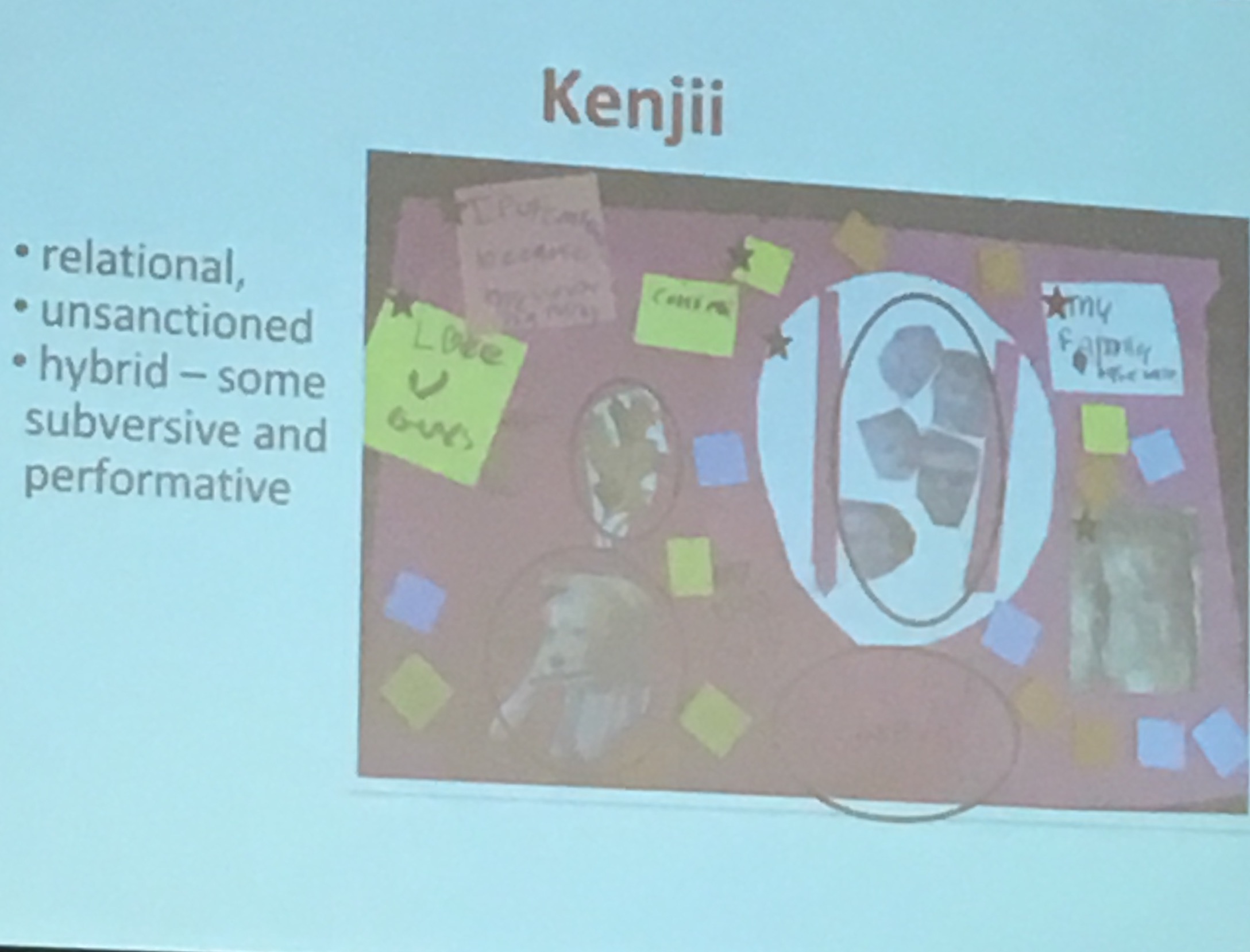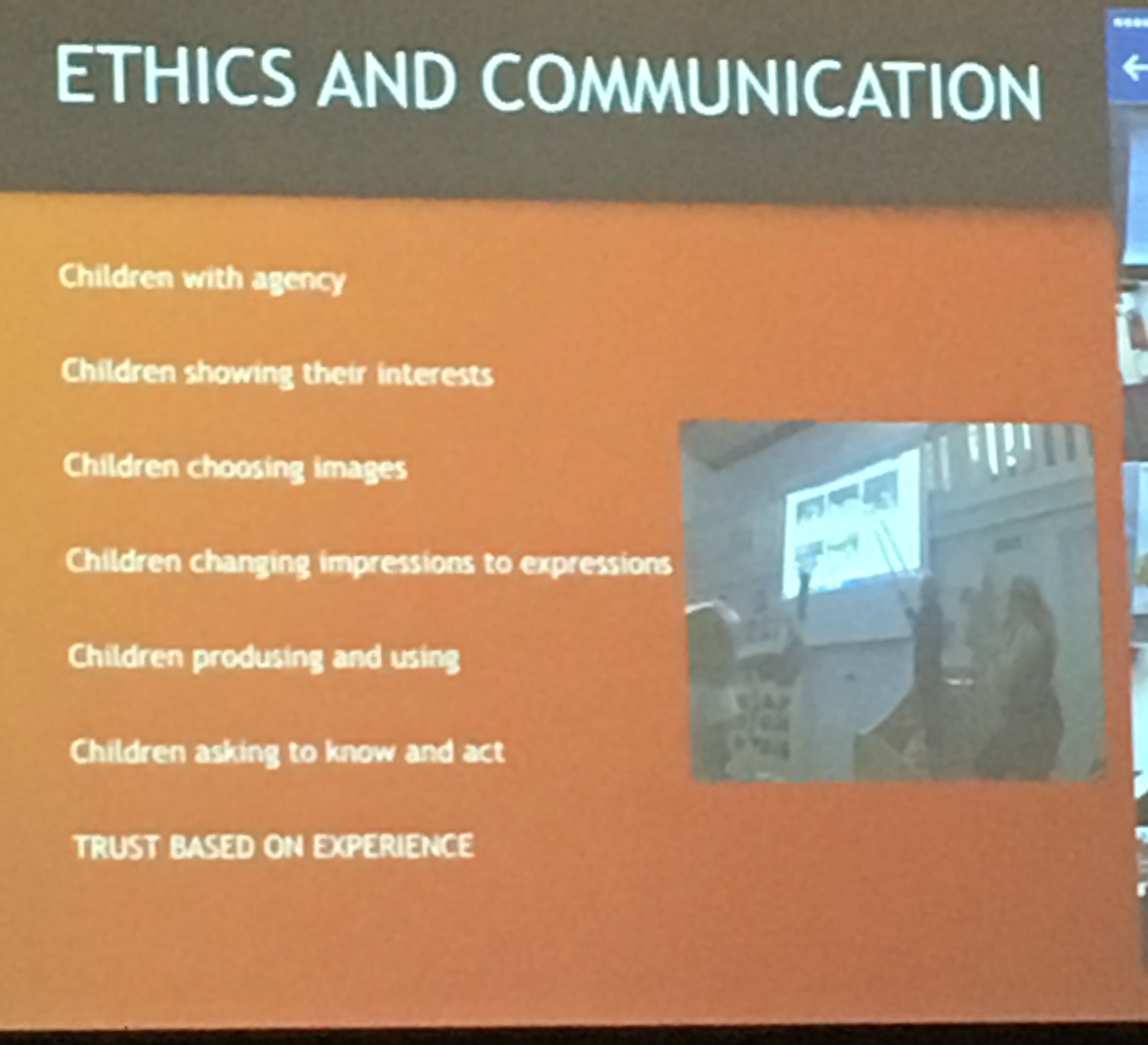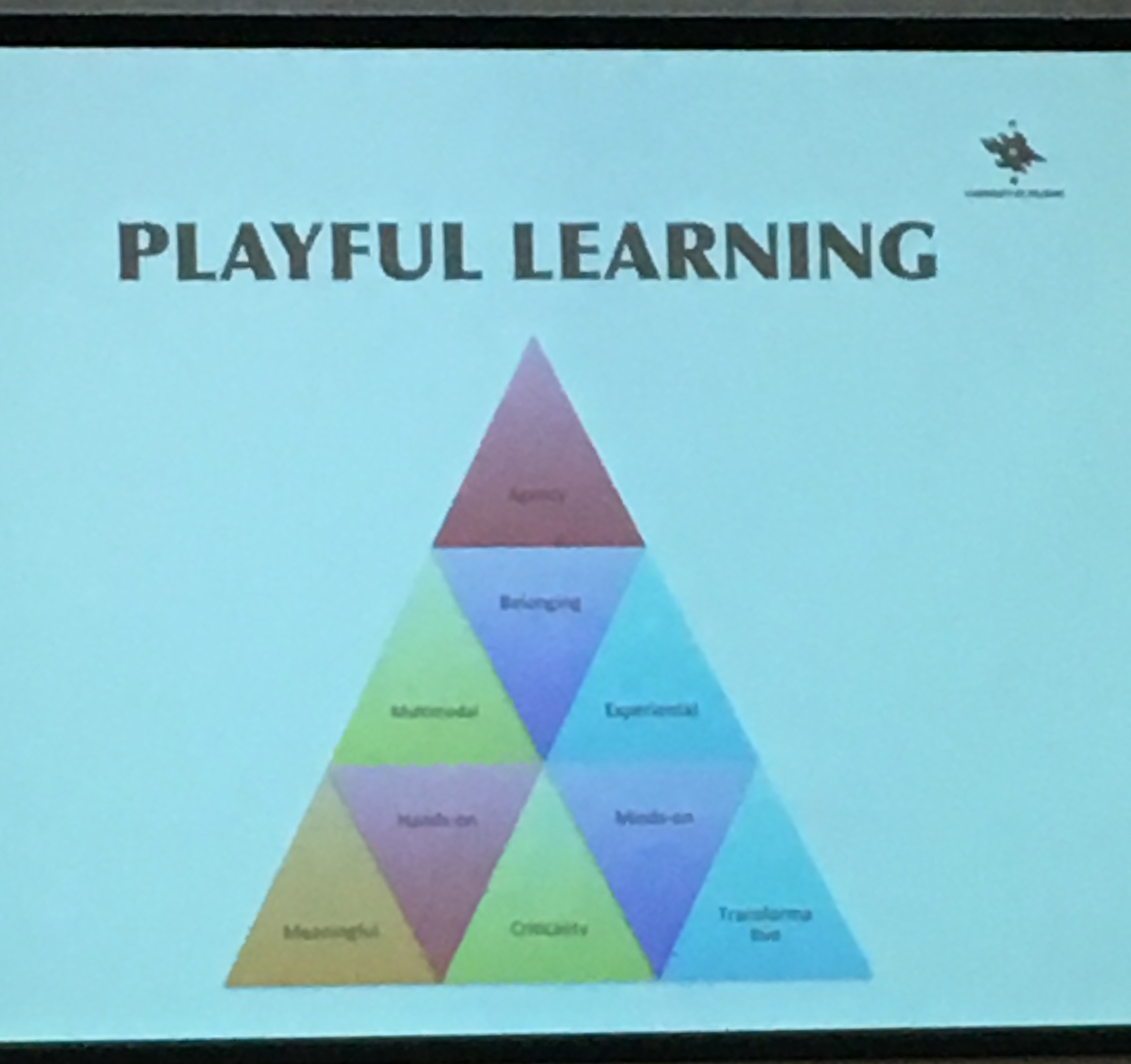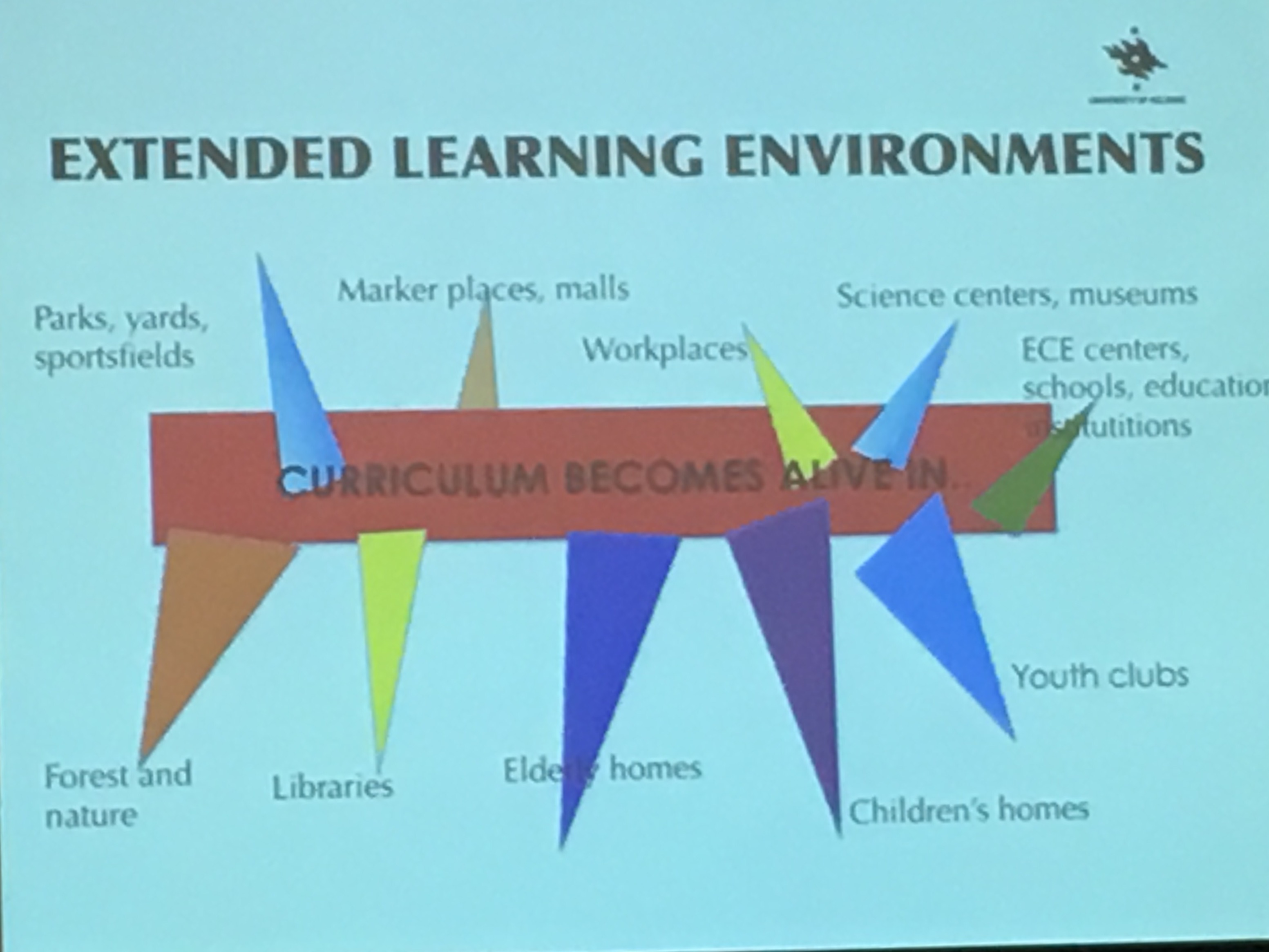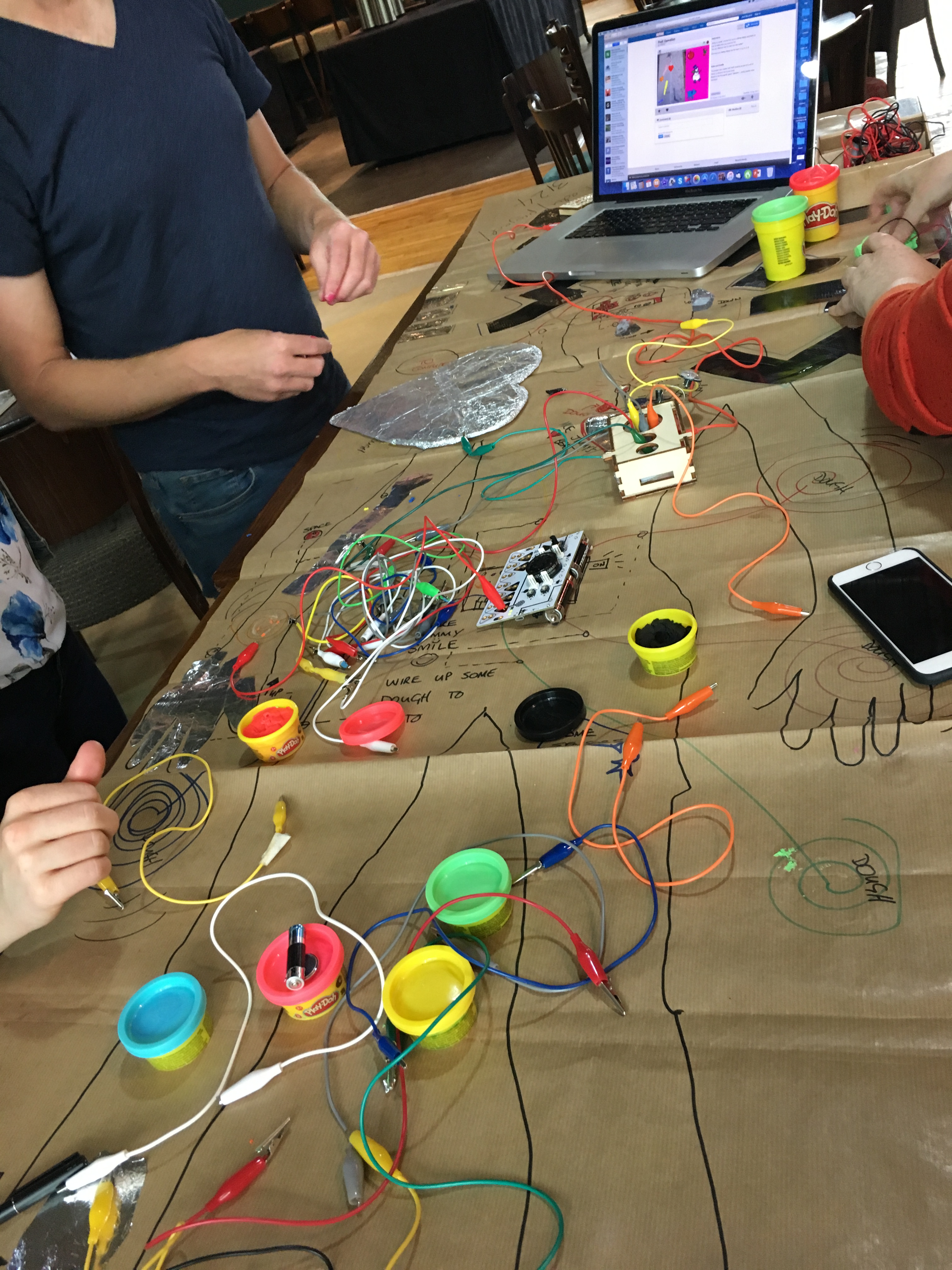Some highlights and reflections from the Valuing the Visual Conference at Sheffield School of Education on 4 and 5 July 2017.
At the beginning of July I was fortunate to be able to go to the International Literacies Conference in Sheffield. The conference explored the intersections between written and spoken language and the visual. I was one of the only museum educators there and so I have been thinking carefully about how the themes relate to my practice. Key take- aways included:
- In this increasingly powerful and complex visual world it is essential that we provide opportunities for children and young people to develop their visual literacy: to question, to understand and to create
- ‘Literacy’ can be seen to encompass many different forms of meaning making including museum displays, family photo albums, comic strips, picturebooks, film, computer games and the use of digital technology
- Research and practice should acknowledge the lived experience of children young people and adults in homes, communities and schools.
“Visual literacy is not simply to do with passively receiving the visual world which flows around us; we also make our own representations, produce our own visual meanings. (Karen Raney, 1997: 7)”
I was particularly interested in ’Valuing the Visual’ as my PhD research explored the development of visual literacy in young children. At the centre of my work as a teacher and art educator is the belief that looking at and making pictures are serious cognitive tasks as Raney’s quote above demonstrates. Looking at and making art with children and young people can encourage and enable them to hypothesize, to make deductions, connections and comparisons, to imagine, to transform and to create. I was very excited to be able to attend this conference, to learn more about this process and to share my own thinking by presenting a poster linking my research to our practice at the Museum.
Revealing, Retelling and Remaking Family Photos in PicCollage
Diane Collier and Jennifer Roswell from Brock University in Canada talked about a project with a class of 8 and 9 year olds which involved making images and collages using Pic Collage and family photographs that they had brought in from home. Their study demonstrated how childrens’ art making is an active process involving many different ways of revealing, retelling and remaking their family stories. The images the children in the Canadian study made were carefully constructed and imagined and revealed insights into the personal interests, rich textual experiences and the value and significance of key people and objects within their daily life. We explore the themes of identity and family with many of the groups we work with at the Fitzwilliam Museum by drawing on our extensive collection of portraits. There are interesting parallels to be made here between the construction and curation of family portraits and portrayals of families within the museum collection such as The Bradyll Family by Sir Joshua Reynolds and Henry Moore’s Mother and Child with Apple. The project reminded me of Moving On, a transition project which we ran at the Fitzwilliam Museum exploring identity and portraiture. In the future we could extend this work to create opportunities for children to bring in digital images from home and interpret and remake them in the context of the collection.
‘De-othering everyday visual practices: Dynamic literacies, third spaces and curation’
John Potter’s research is concerned with exploring and representing the many ways in which humans make and share meanings in everyday practices. His new book Digital Media, Culture and Education presents research and thinking about new dynamic literacies, digital making/coding/remixing, curation, storying in digital media, open learning and the networked educator. I had not come across his work before and I was intrigued by this notion of ‘curation’ with regards to the ways in which people manipulate and create individual narratives within, for example, blogs, instagram and facebook feeds. He argued that, ‘The visual is not ‘residual’ but represents the dominant modes of communication in which we swim every day.’ Another compelling theme within his key note was his emphasis on the role of ‘third spaces’ such as libraries and museums as important contexts for learning and meaning making outside of home and school.
Making the World: When visual methods are part of an experimenting pedagogy
Professor Klaus Thestrup’s study in Denmark involved 275 preschool children and 31 teachers working collaboratively in 17 different kindergartens to experiment with using ipads and other digital technology. Examples he shared with us included a game the children invented where the child played ‘catch’ by taking a photo of their face whilst running around the classroom and the using of apps to capture, manipulate and create digital images. He argued that culture is ‘copy and change’ and referred to David Gauntlett’s work on Cultures of Creativity building meanings and developing communities as socially constructed through having, knowing, doing and being.
Both John and Klaus’ presentations made me reflect on the Discovery Packs project we did with students from North Cambridge Academy in 2014 working across the University of Cambridge Museums. Students from the school were given ipads, handling objects, reproductions and a selection of art materials with which they were encouraged to document their visit. In 2014 the selfie already very popular with young people and featured in many of their stories alongside many images of feet and doorways in the different sites they visited. Now that photography is permitted in many museums and galleries many visitors extensively document their visits on their phones and cameras and this has changed the way that they look at and respond to our collections. It would be really interesting to research the images young people collect, the conversations they have and stories they subsequently tell as they look around our museums.
Learning by Making – the educational potential of school-based makerspaces for young learners’ digital competencies
Professor Kristiina Kumpulainen gave a fascinating key note on the role of digital competencies and making in the new Finnish curriculum and of her work on The Joy Of Learning Multiliteracy (MOI) Development Programme. (www.monilukutaito.com) Instead of formal assessments teachers and children are encouraged to document, observe and reflect on the learning that takes place. She talked to us about one of her research projects investigating 6 to 12 year olds working in makerspaces in two Finnish primary schools. She showed us a model of ‘Playful Learning’ pedagogy which is followed where value is placed on developing agency and belonging where learning is multimodal, experiential, hands on, minds on, meaningful, critical and transformative. This model fits very well with museum learning.
Another powerful messages from Kristiina’s talk was the notion of the child and teacher learning alongside one another. We have been thinking about how to provide opportunities for digital making at the UCM for some time now. One of the major barriers for me and the other educators has been our own lack of expertise. However, I have slowly come to realise the parallels between the makerspace movement and my own creative arts practice. At the Culture 24 Lets Get Real Conference Oliver Quinlan from Raspberry Pi made a powerful analogy between these new digital tools and more traditional and accepted tools to encourage of creativity and exploration. The sand and water tray is a familiar sight in early years’ settings and adults and children will play alongside one another to explore the properties of the materials, experiment with change, make structures and tunnels and learn about physics through play and exploration. Practitioners facilitate this learning whether or not they are scientists and Quinlan urged us to do the same with digital making. It doesn’t take experts but does rely on educators to create opportunities for this kind of exploration to take place. We just need to be interested, ask questions and learn alongside them.
I was very excited to have the opportunity at the conference to play in a pop up Makerspace facilitated by Mark Shillitoe and Professor Jackie Marsh from the MakeEY Project. This European project explores digital literacy and creativity in the Early Years and is doing some extremely exciting and innovative work in the both formal and informal settings. It was great fun playing with the lovely materials and making my own mini ‘brushbot’ and it really helped me to understand the link between digital making and my own practice as and arts and early years teacher. I am excited to announce that we will be running our first UCM digital making session at the forthcoming Family Art Week on 2nd and 3rd August exploring animal patterns and sounds throughout the collection.
Final Thoughts
At a time when there is concern that UK schools are not offering the broad cultural and creative education that young people are entitled to it is all the more important to create opportunities to engage with art and culture. Museums and galleries offer valuable spaces for children, young people and practitioners to look, think, learn and create alongside one another. We can also play a crucial role in supporting the development ‘dynamic literacies’ by taking inspiration from our extraordinary creative and cultural heritage to provide opportunities to explore multiple ways of seeing, understanding and making using a wide variety of different creative tools and technologies.
References
Raney, K (1997) Visual Literacy: Issues and Debates. Middlesex: ACE. p7
Noble, K (2016) Picture Thinking: The Development of Visual Literacy in Young Children, Engage 38 Special Issue on Visual Literacy, December


